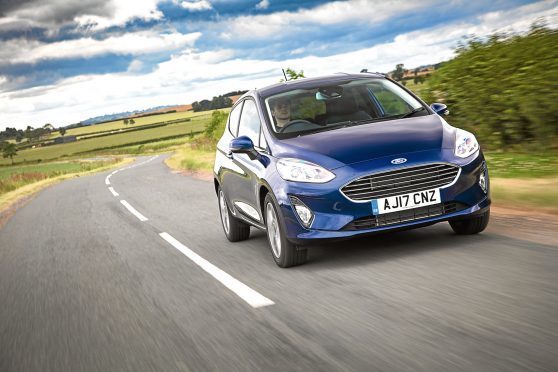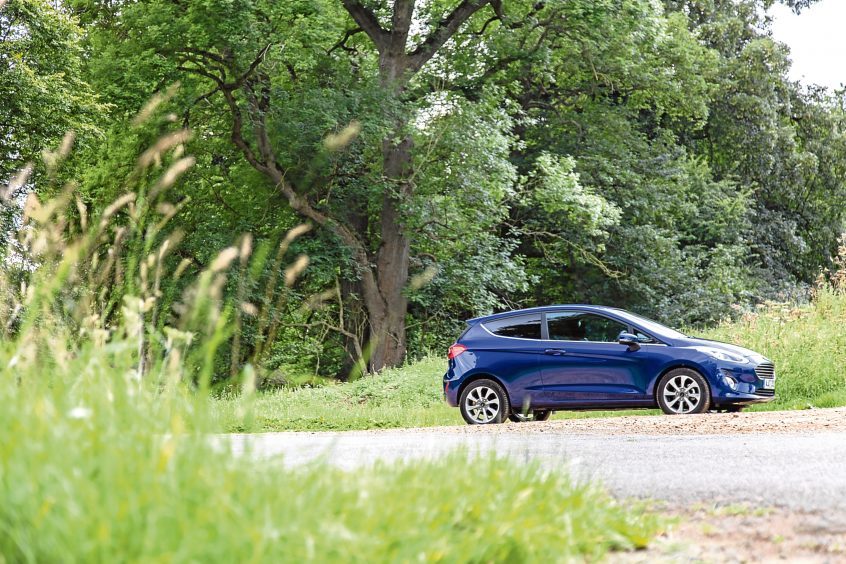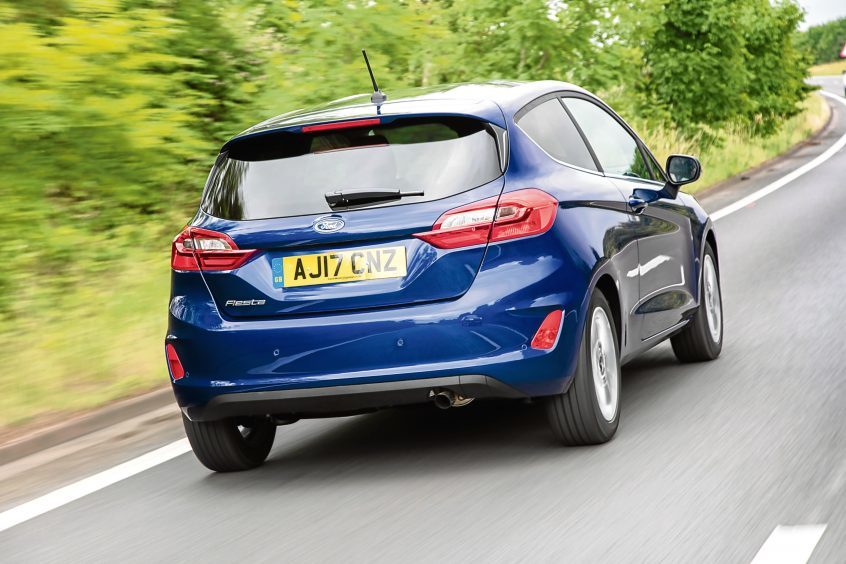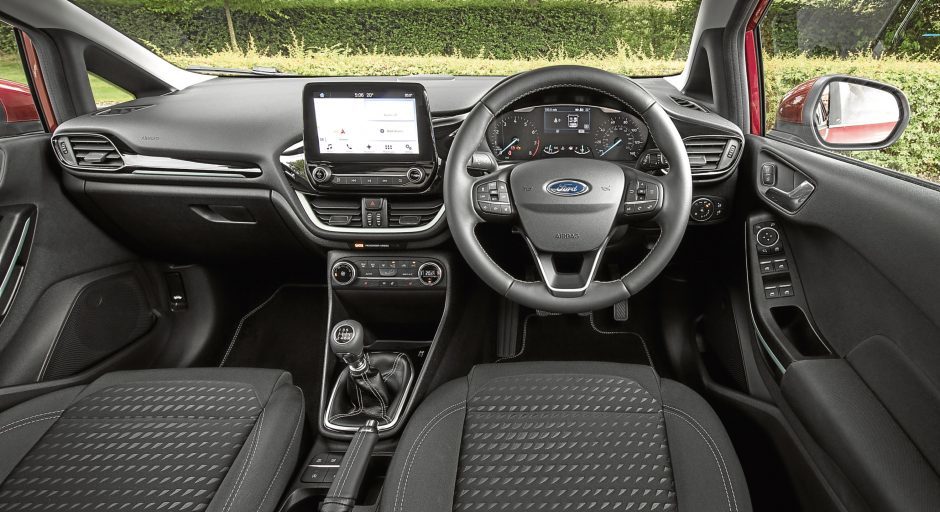Almost a decade after it transformed the supermini sector, the sixth generation Ford Fiesta has been replaced.
This all-new seventh generation model has a lot riding on it. Its predecessor set new standards in ride and handling, as well as showing a supermini could be a sensible choice for long distance cruising.
It also set broke sales records. Imagine everyone in Glasgow driving a Ford Fiesta. That’s how many people bought Britain’s best selling car.
Fortunately, the new model looks set to maintain this success. It improves on its predecessor in all the important ways.
The range starts at below £13,000 for an entry level Style model but most buyers will pay a little extra for the much better equipped Zetec model I spent a week with.
There’s also a Titanium spec model and a sports ST Line trim, while for the first time Ford has brought its luxury Vignale trim level to the Fiesta.
The core of the engine range is made up of Ford’s 1.0 litre EcoBoost units. These turbocharged, three cylinder engines combine the cheap cost of a petrol model with near diesel economy. They come in three strengths – 98, 123 and 138bhp.
There’s a 1.1 litre non-turbocharged petrol and a 1.5 litre diesel. The upcoming Fiesta ST hot hatch will have a 1.5 litre turbo petrol engine with 197bhp.
All versions are now – finally – six speed. My test car came with the optional six speed automatic transmission, which did its job smoothly enough.
The interior of the outgoing Fiesta was looking a little tired and the new cabin has been nicely modernised. Out goes a clutter of buttons and in comes a large, clear touchscreen that controls most systems.
There’s plenty of seat adjustment, meaning tall and short people should be comfortable. Space in the rear and the boot has increased slightly too.
All these improvements would be for naught if the Fiesta had lost its greatest quality: fun.
Fortunately, that’s not the case. The new car handles wonderfully, with that same agile, playful feel. Ride quality has been improved and refinement is much better – the cabin is noticeably quieter, particularly at higher speeds.
If there’s a criticism it’s that the new Fiesta doesn’t change the game in the way its predecessor did. It does improve on a winning template to put the Fiesta back at the front of the pack, however.
Price:
£16,795
0-62mph:
12.2 seconds
Top speed:
111mph
Economy:
54.3mpg
CO2 emissions:
118g/km



